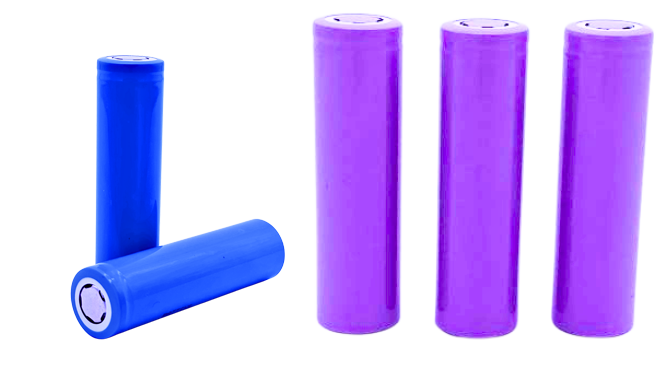Introduction to the production process of 18650 lithium-ion battery coating technology.
The coating methods have evolved from immersion coating and extrusion to the most advanced double-sided simultaneous coating, all aimed at improving the coating quality and performance of the electrode sheets. Some economically strong units in China have invested a lot of money to introduce expensive electrode sheet coating machines from abroad in order to manufacture reliable lithium-ion batteries.

The general process flow of coating: The coated substrate is released from the unwinding device and supplied to the coating machine. After the ends of the substrate are connected into a continuous strip on the splicing platform, they are fed into the tension adjustment device and automatic correction device by the pulling device. After adjusting the tension and position of the film path, they enter the coating device. The polar paste is coated in segments according to the predetermined coating amount and blank length in the coating device.
Automatically track the front coating and blank length for double-sided coating. The coated wet electrode sheet is sent to the drying channel for drying, and the drying temperature is set according to the coating speed and thickness. After drying, the polarizer is subjected to tension adjustment and automatic correction before being wound up for processing in the next step.
The coating of polar paste is relatively thick, with a large coating amount and a high drying load. Currently, the commonly used technique is hot air impact drying. The positive electrode substrate is aluminum foil, which has very active chemical properties and is easily oxidized. During the manufacturing process of aluminum foil, a dense oxide film is formed, which prevents further oxidation of the foil. Due to the thin and porous nature of the oxide film, it is soft and has good adsorption properties. However, high temperature and humidity can damage this oxide film and accelerate the oxidation reaction.
At present, single-sided coating is commonly used. When the first side is coated, the other side is completely exposed to hot air. However, for oil-based coating, the dry hot air should be around 130 ℃. If the moisture content in the hot air is not effectively controlled, it will intensify the oxidation of the aluminum foil, affecting the adhesion between the positive electrode material and the aluminum foil, and even causing detachment in severe cases.
